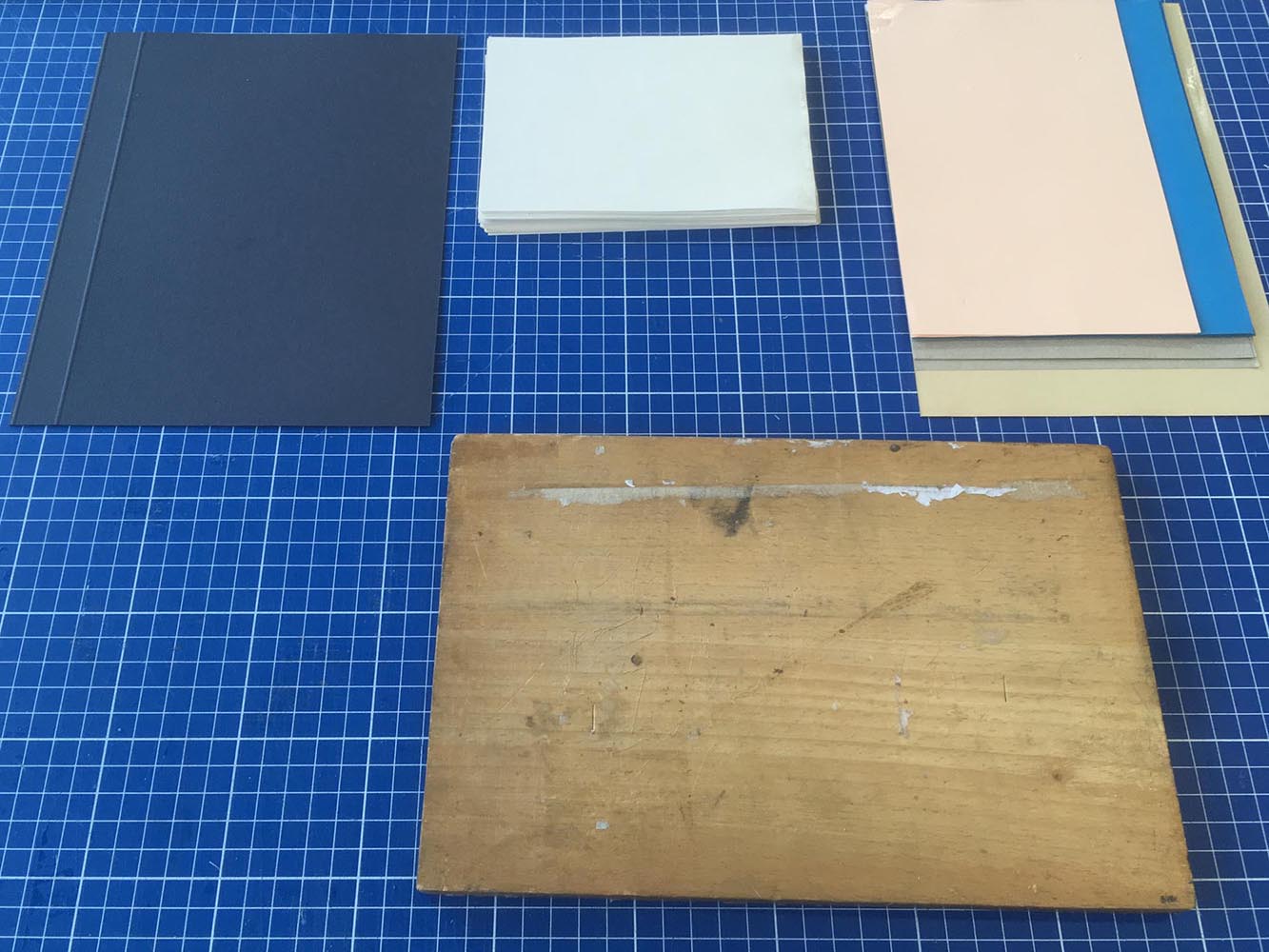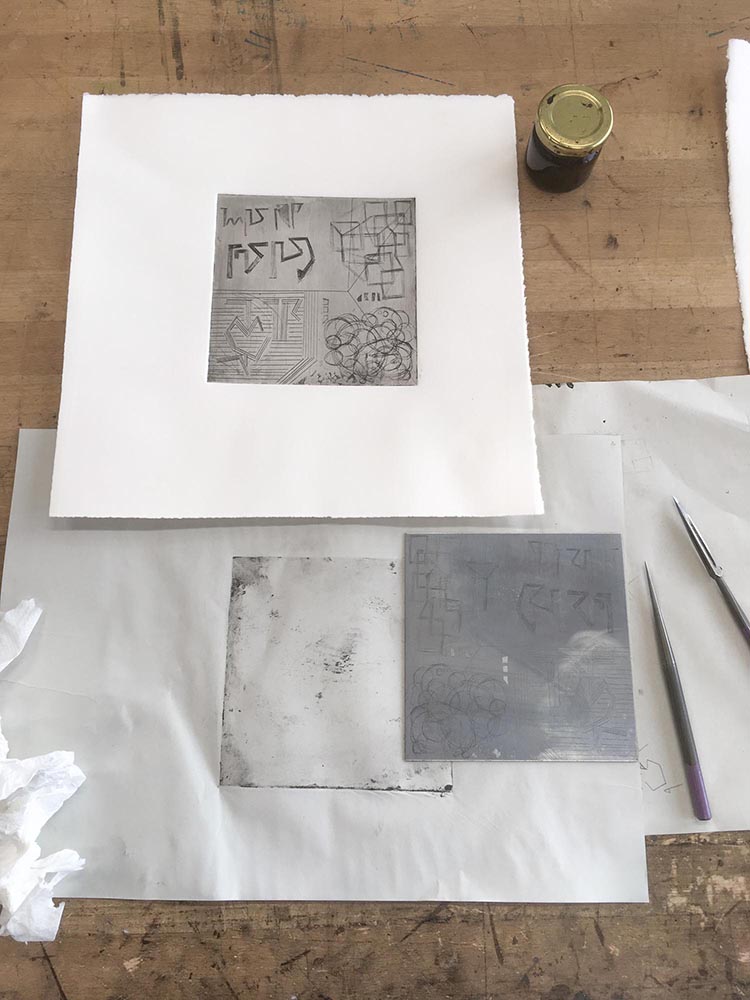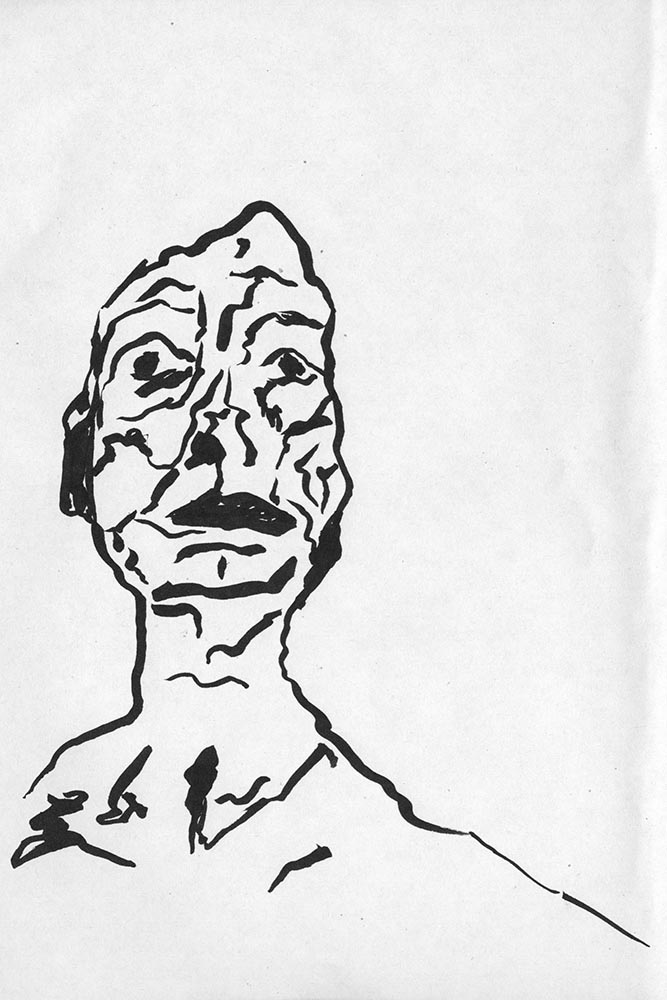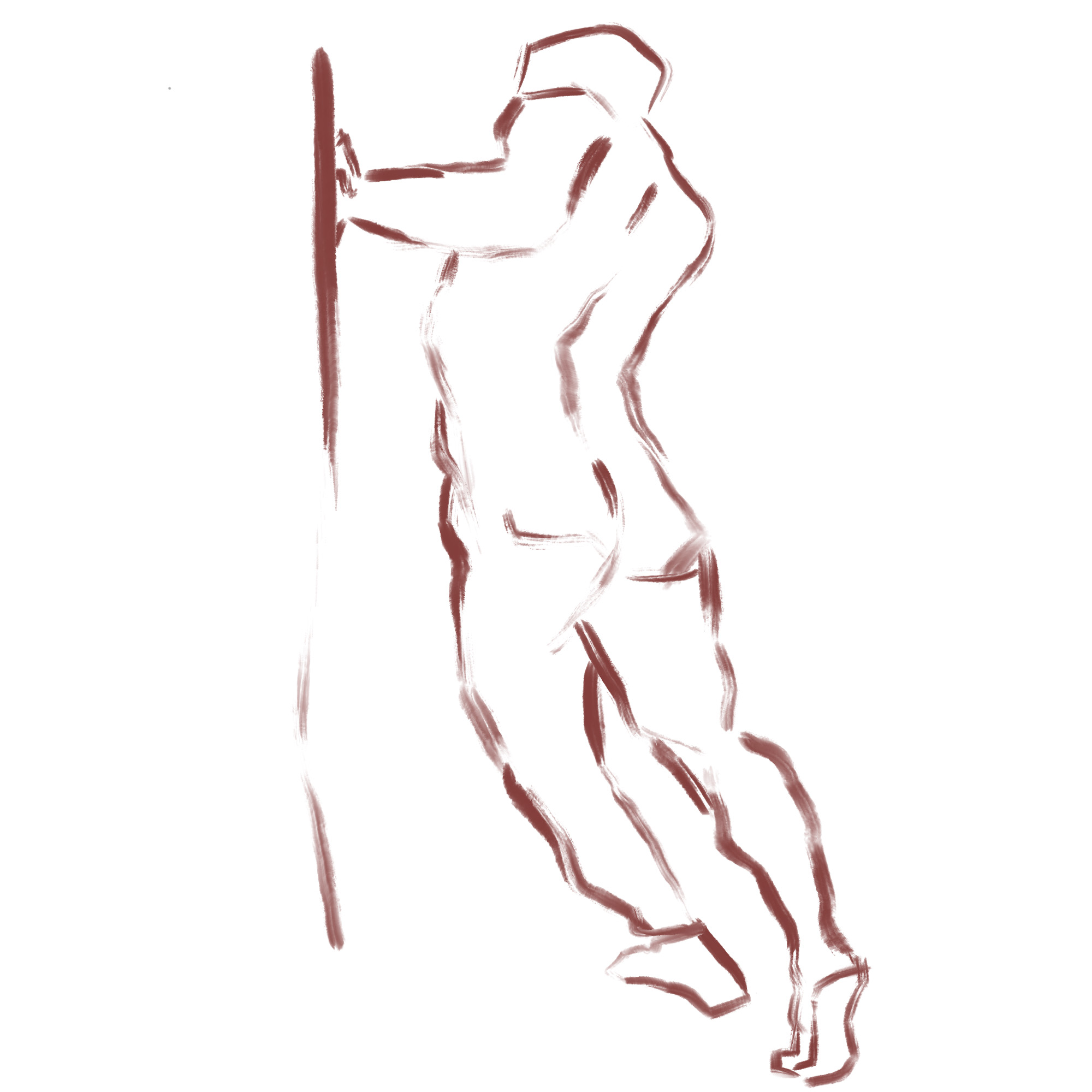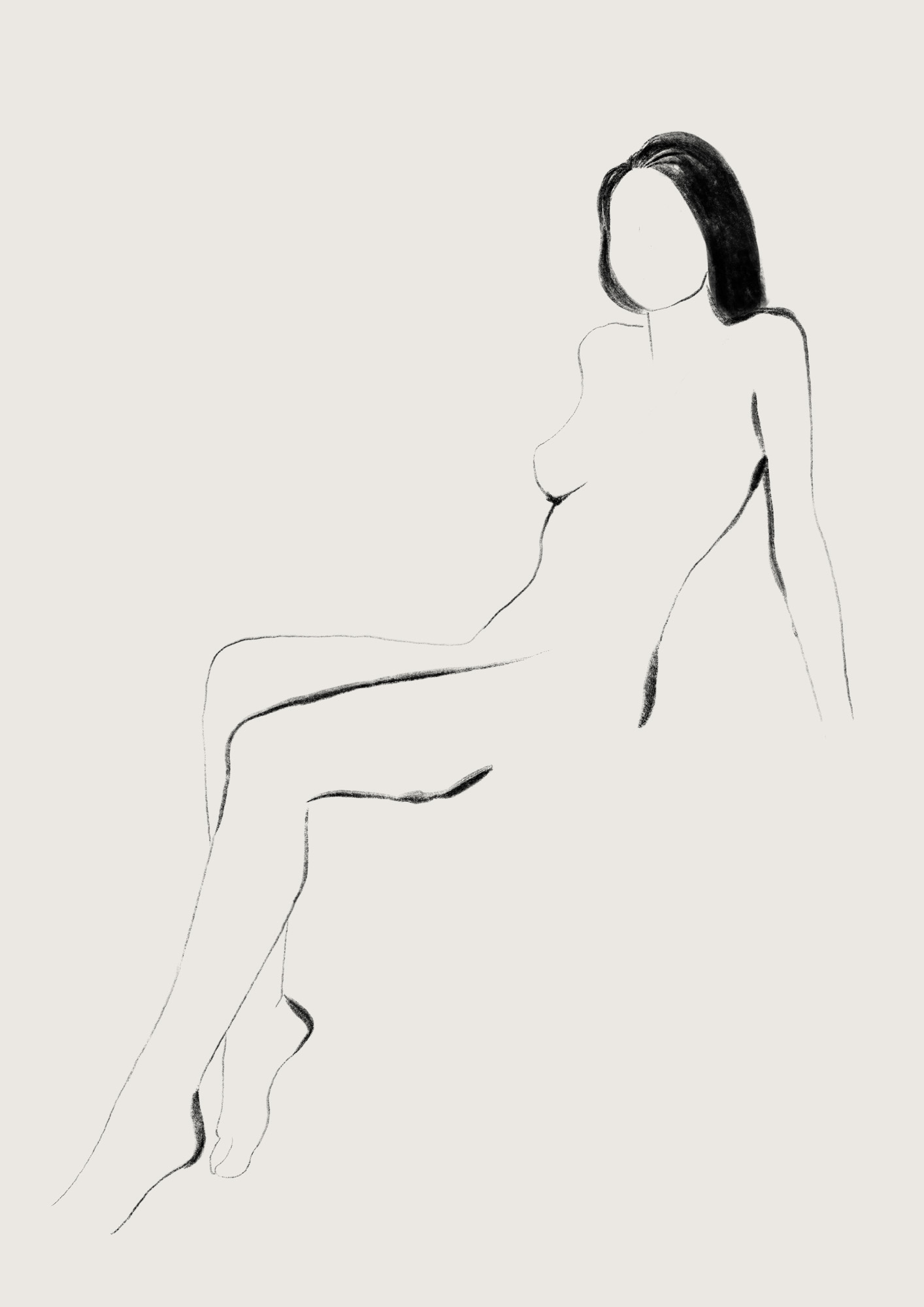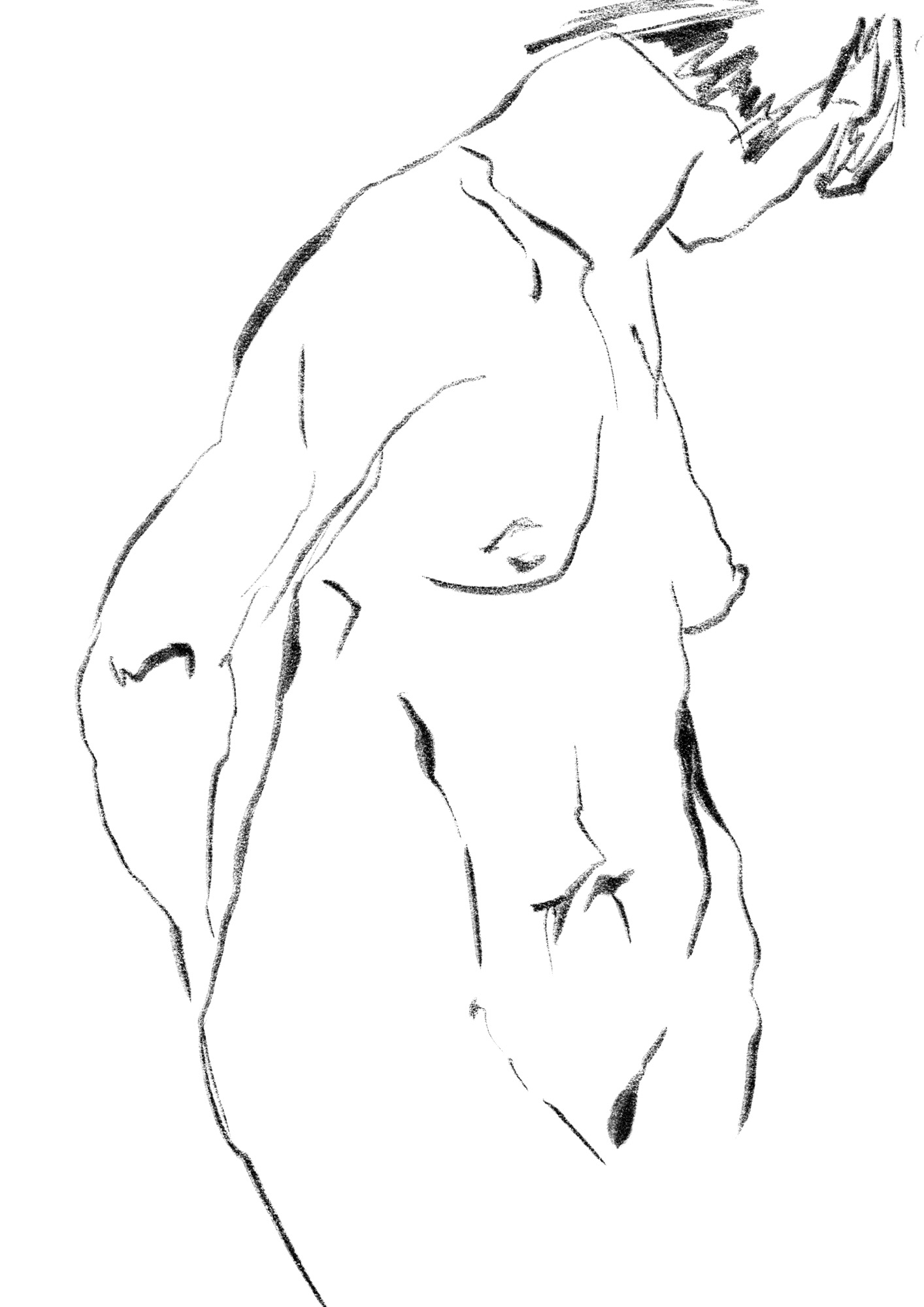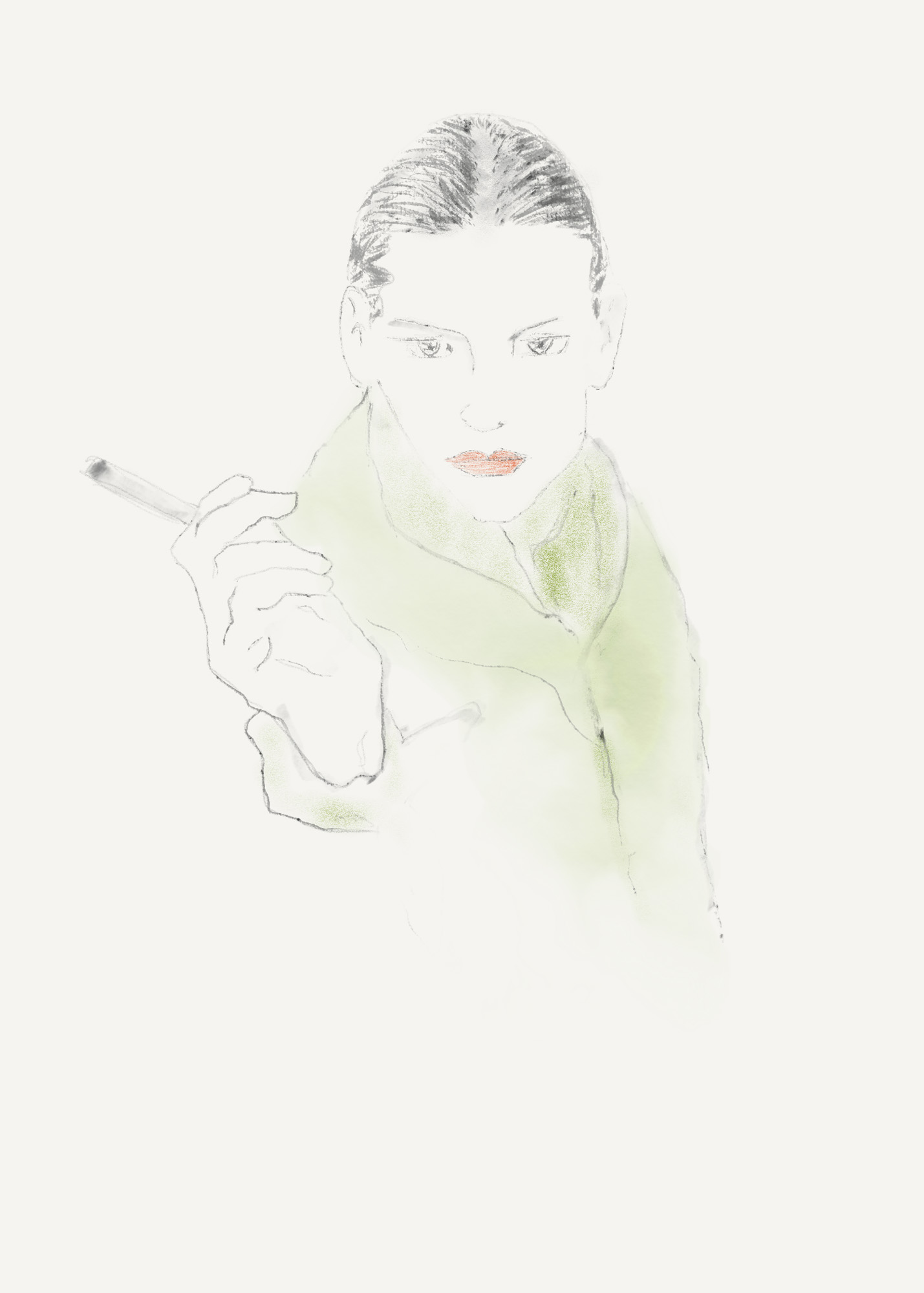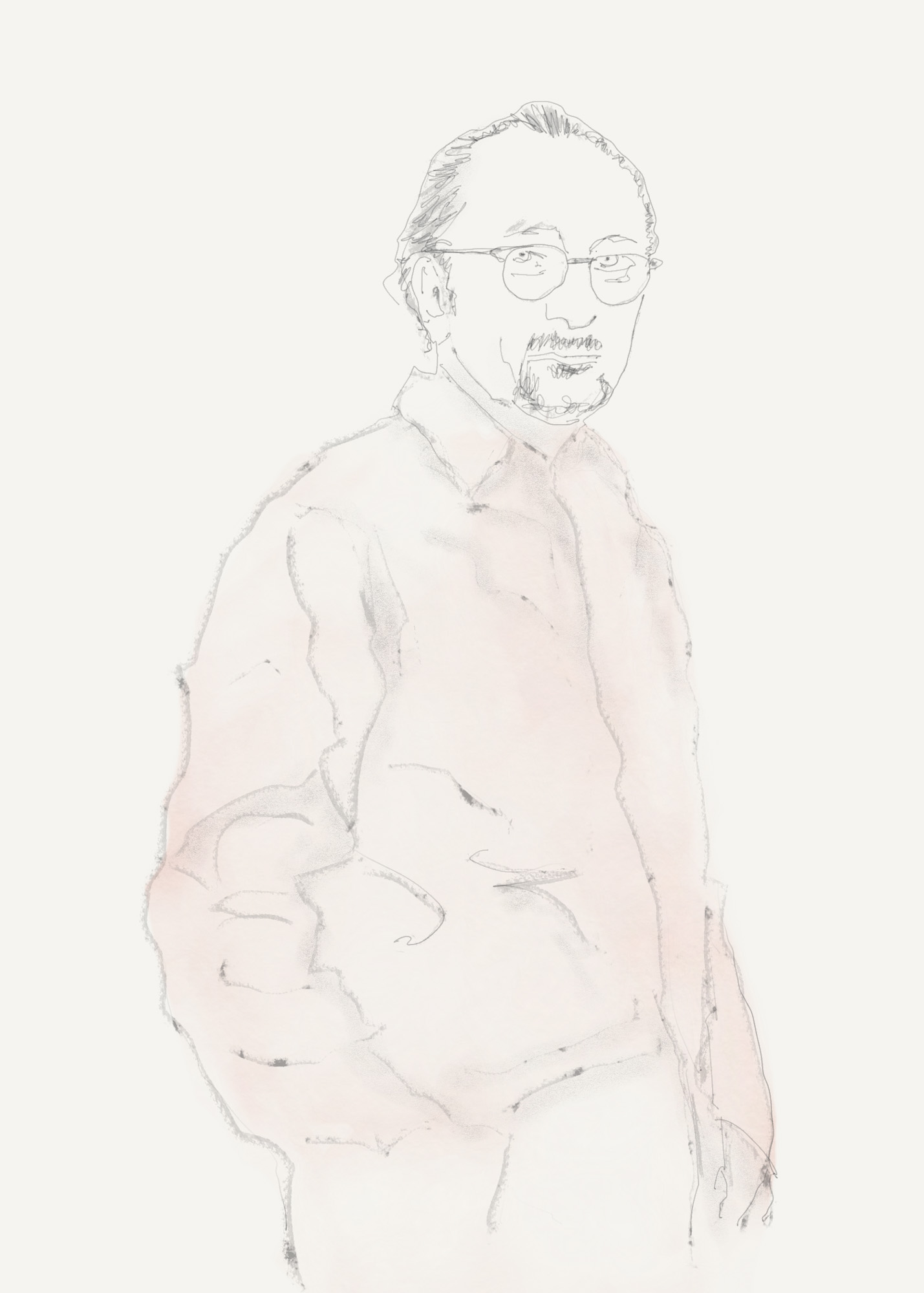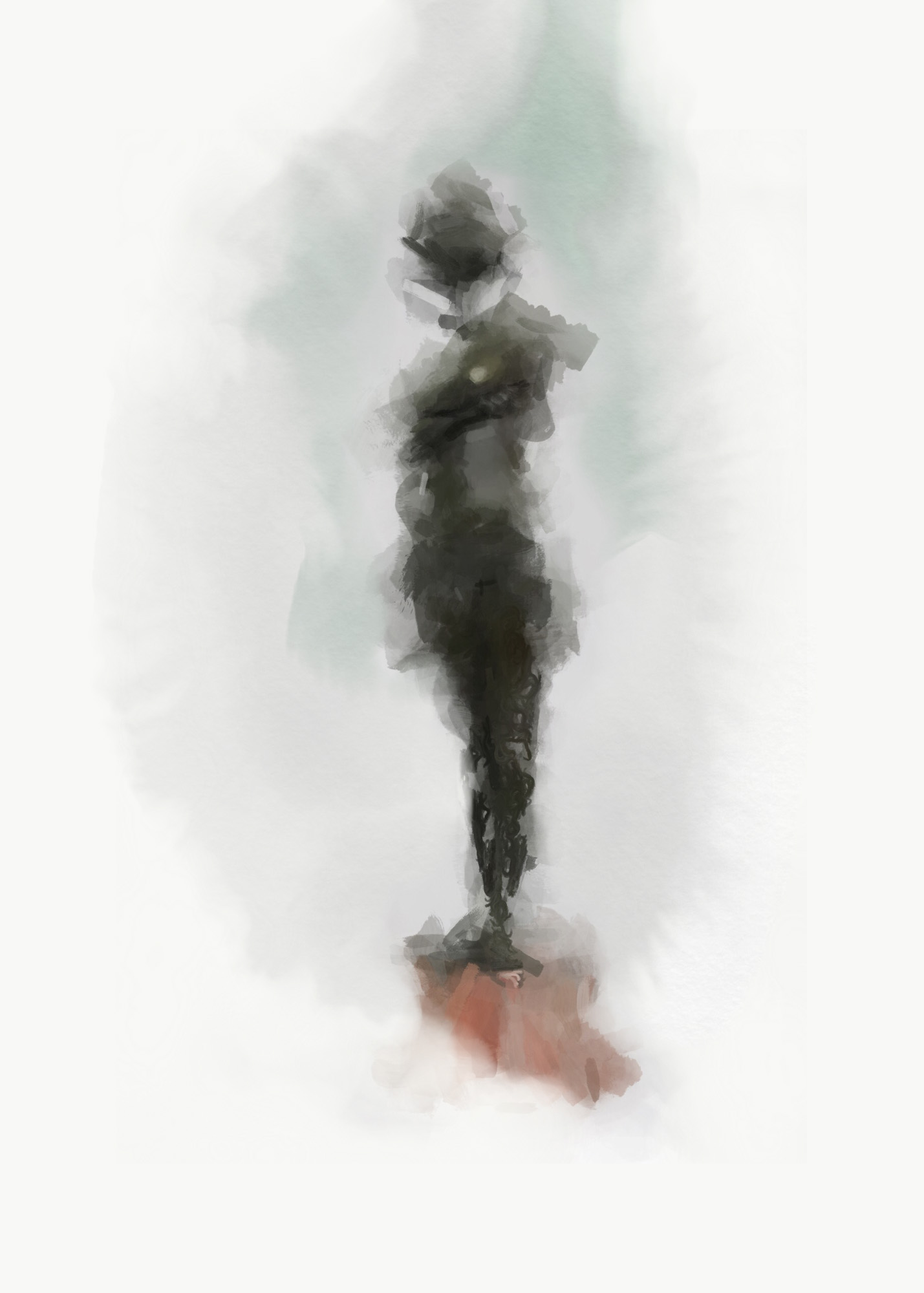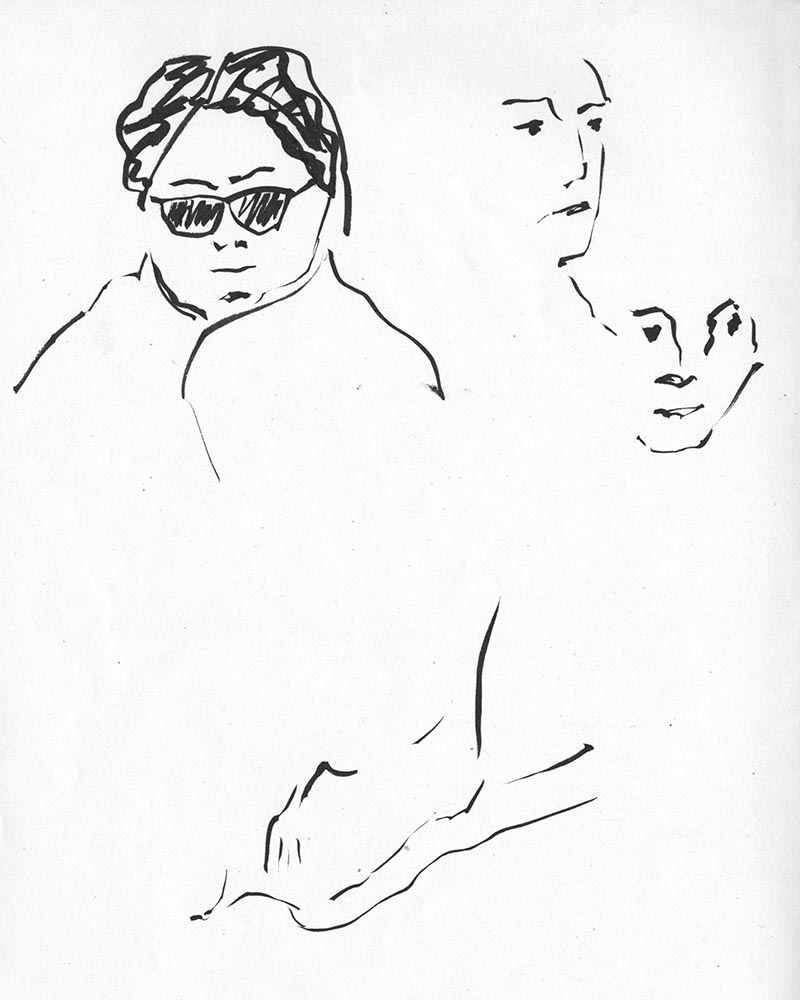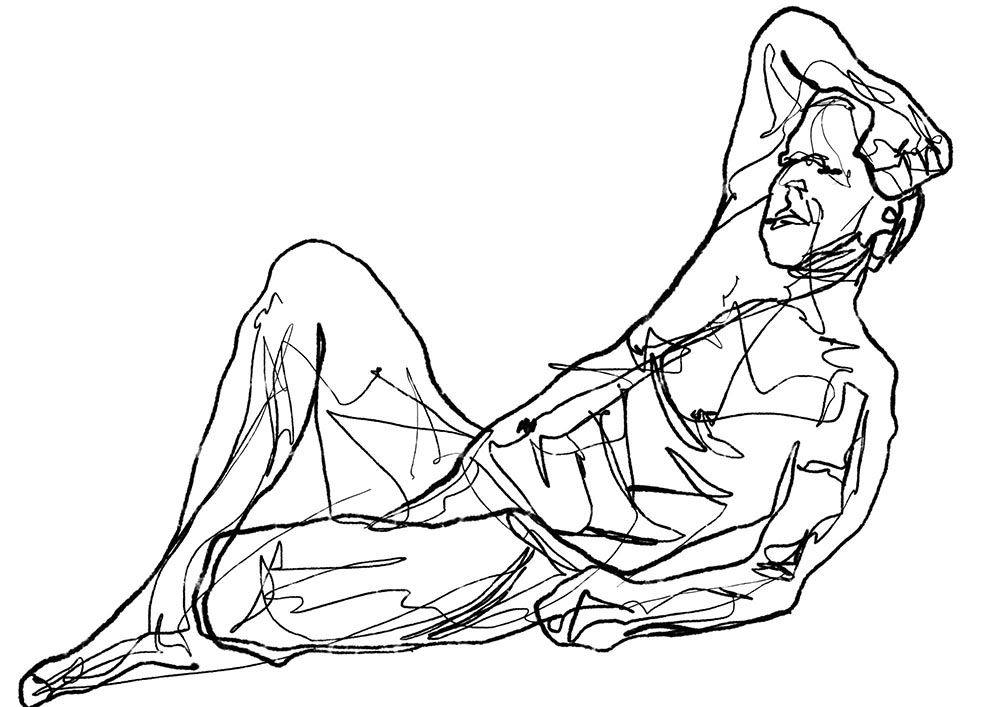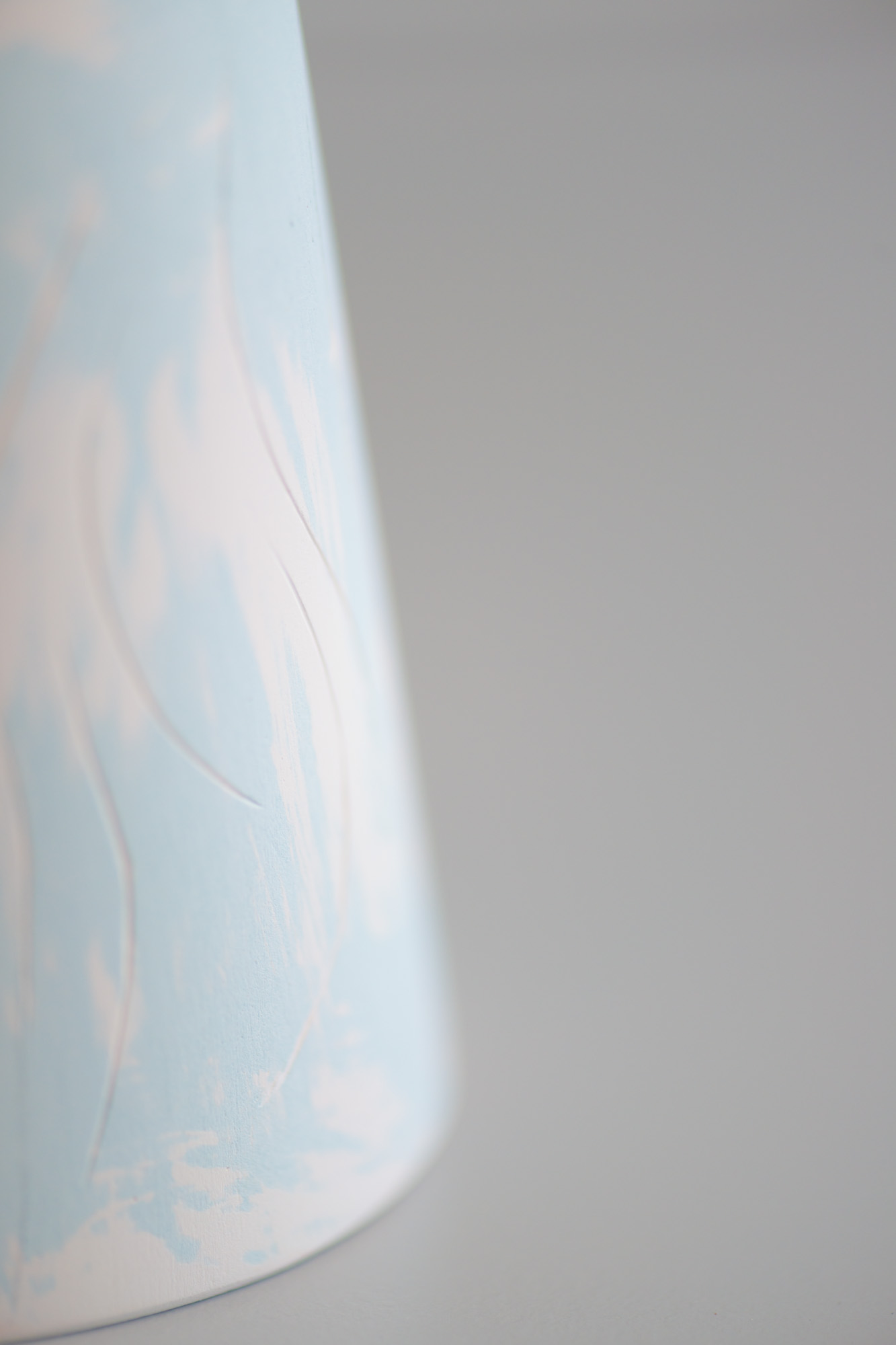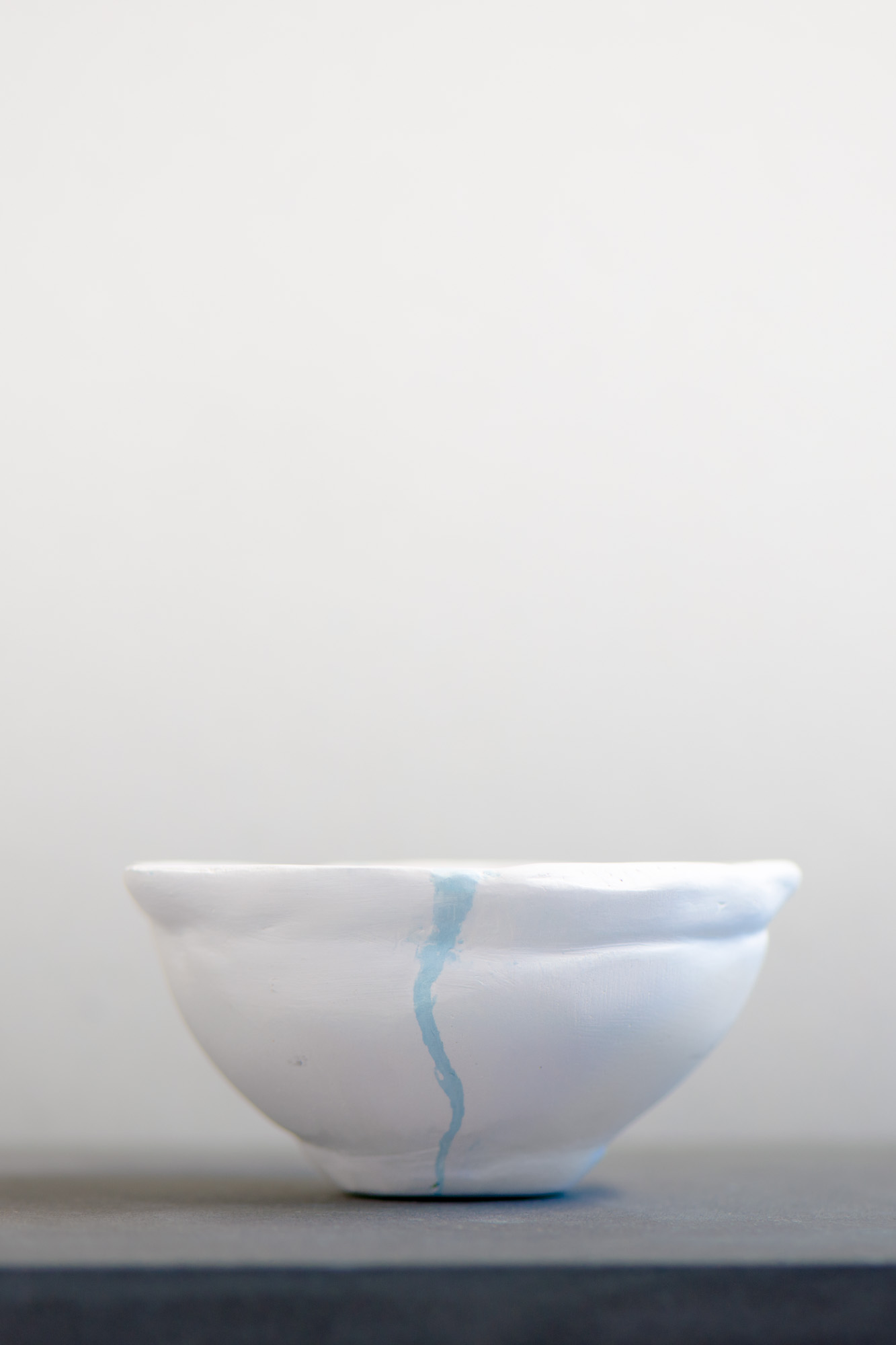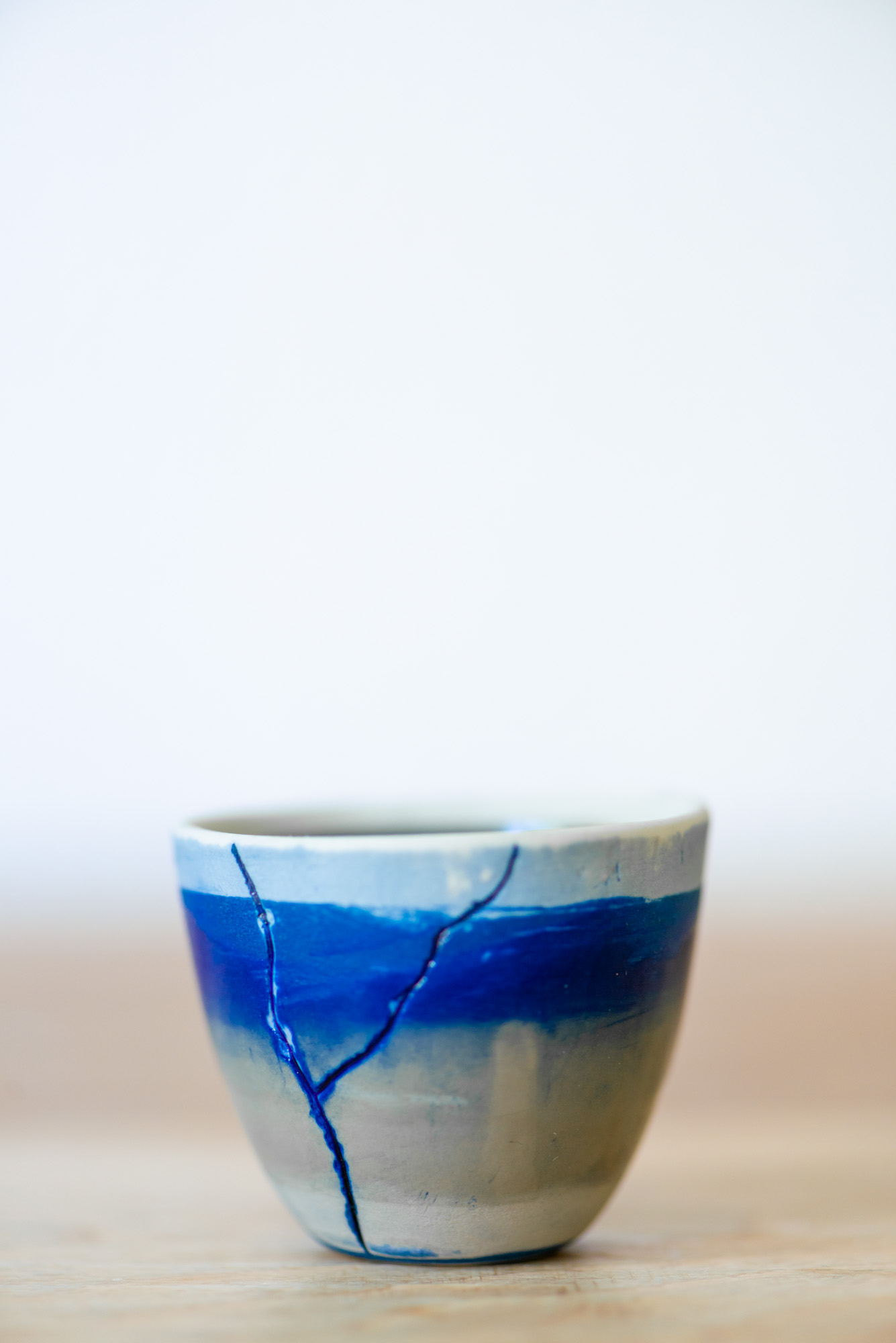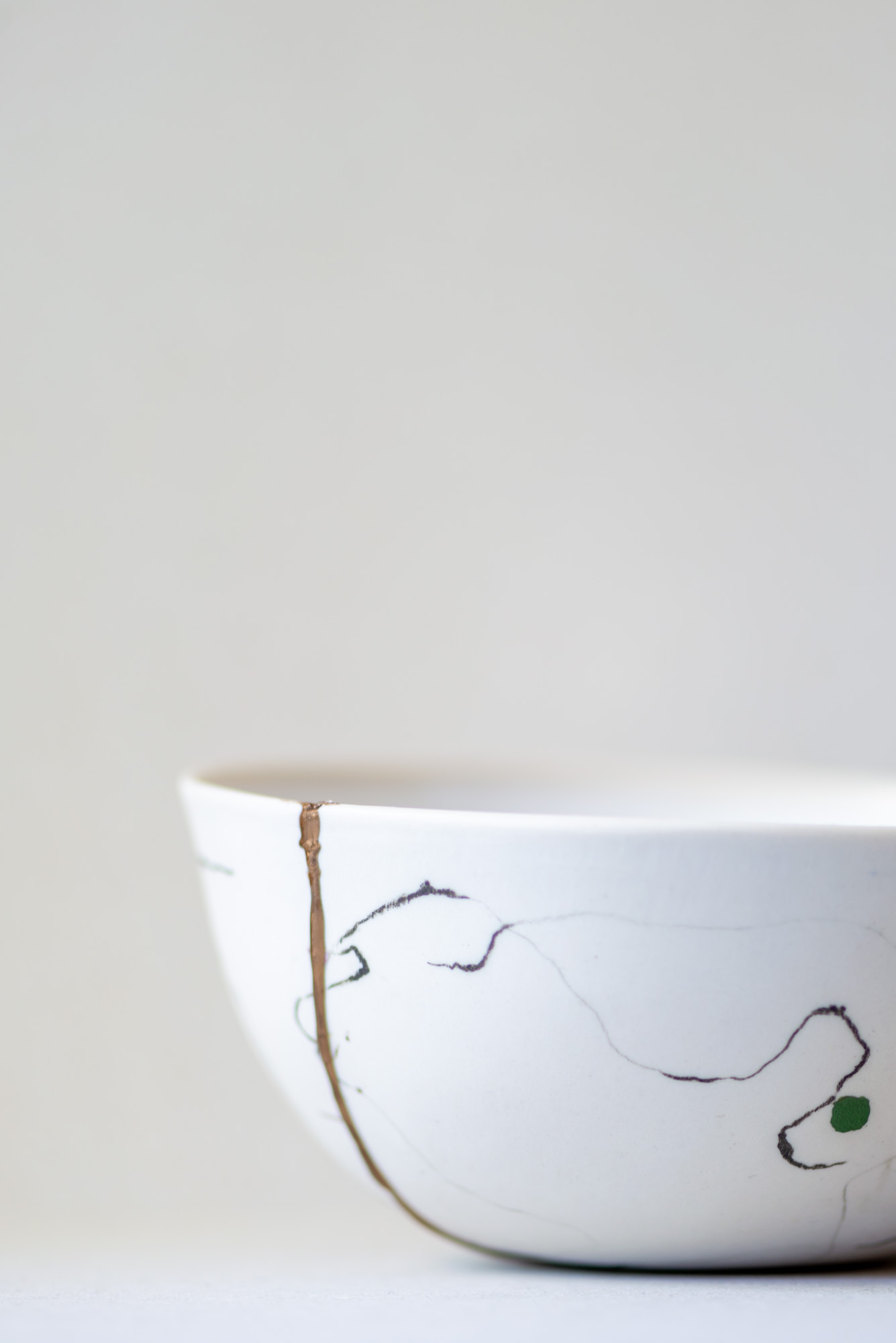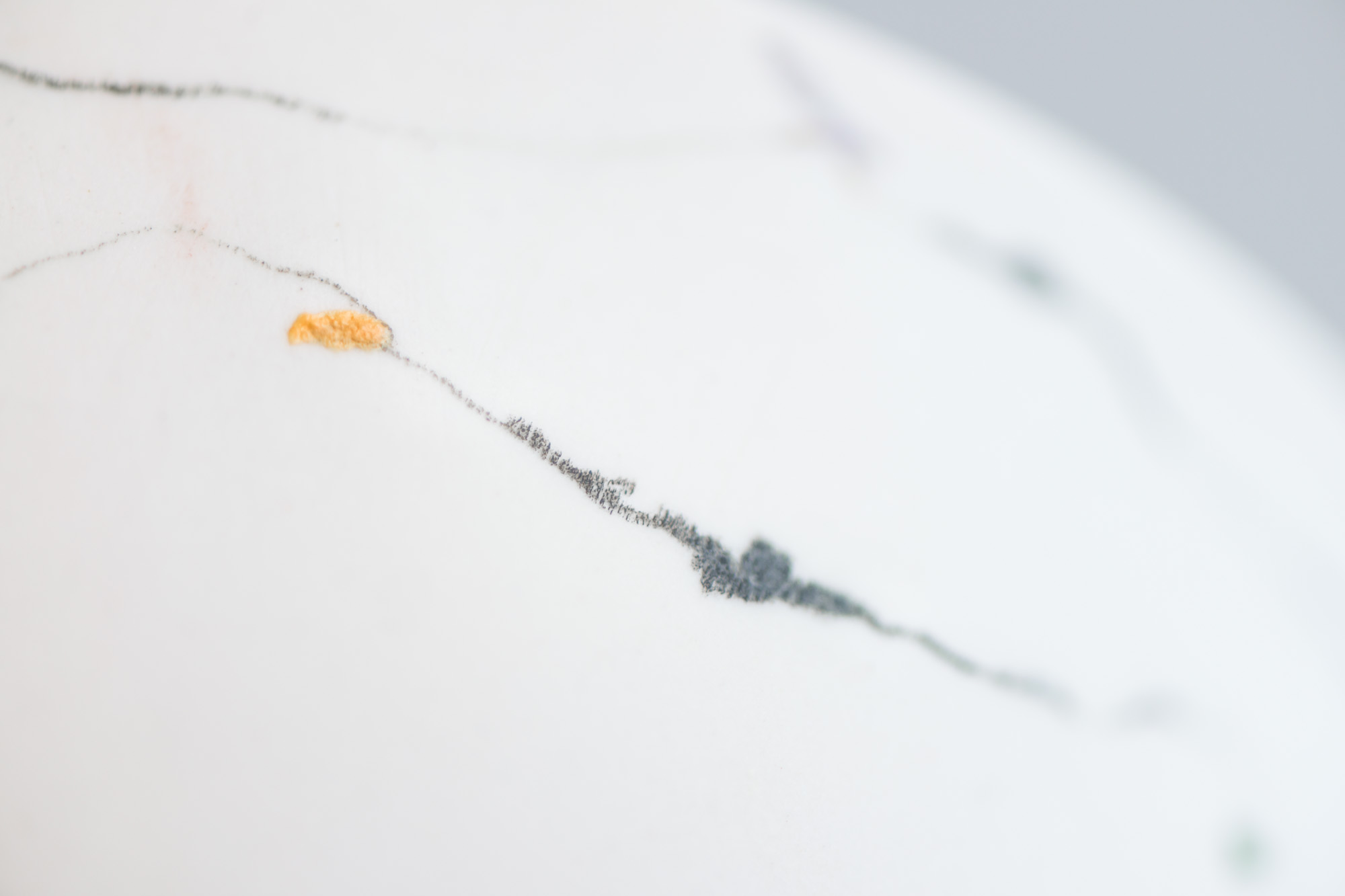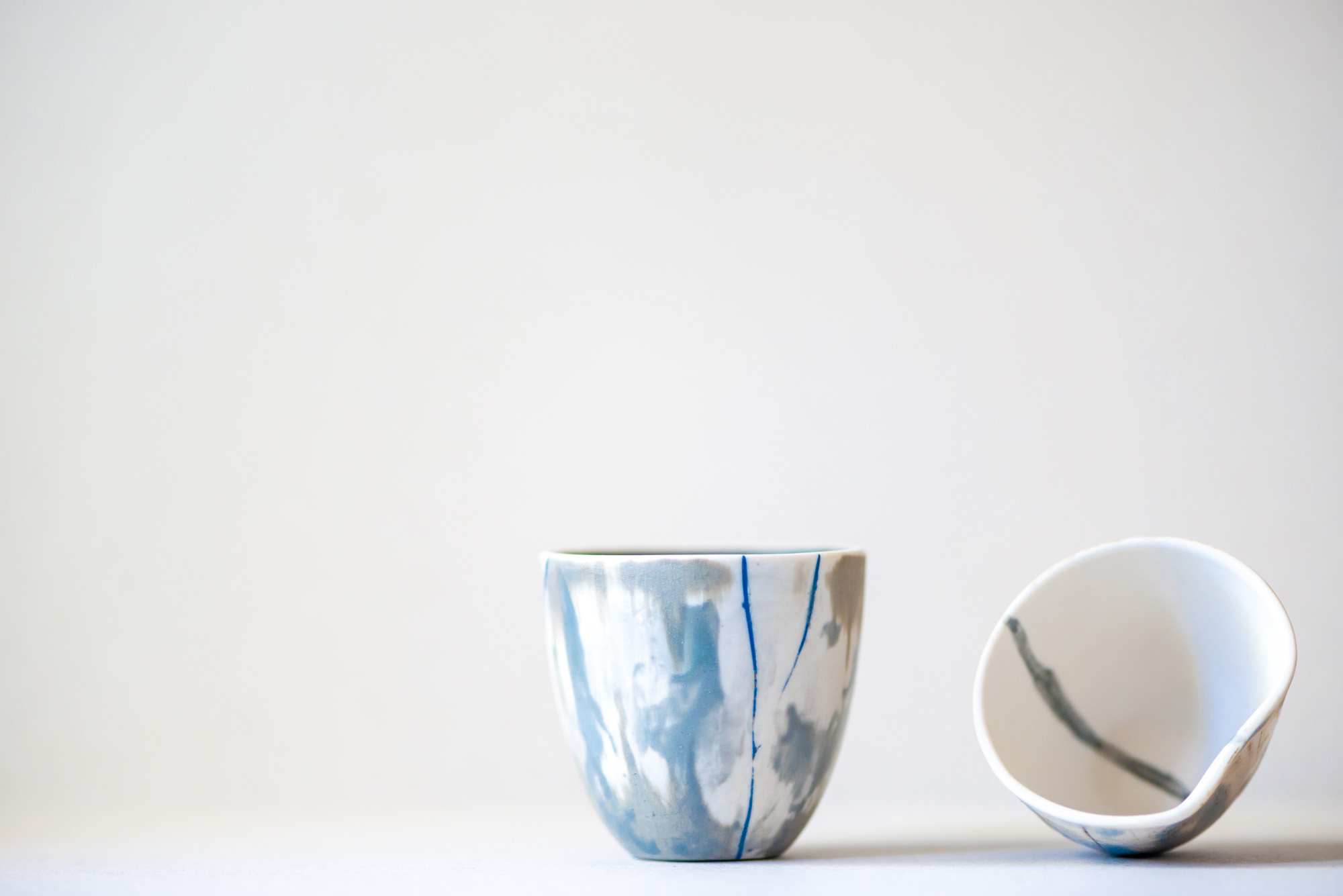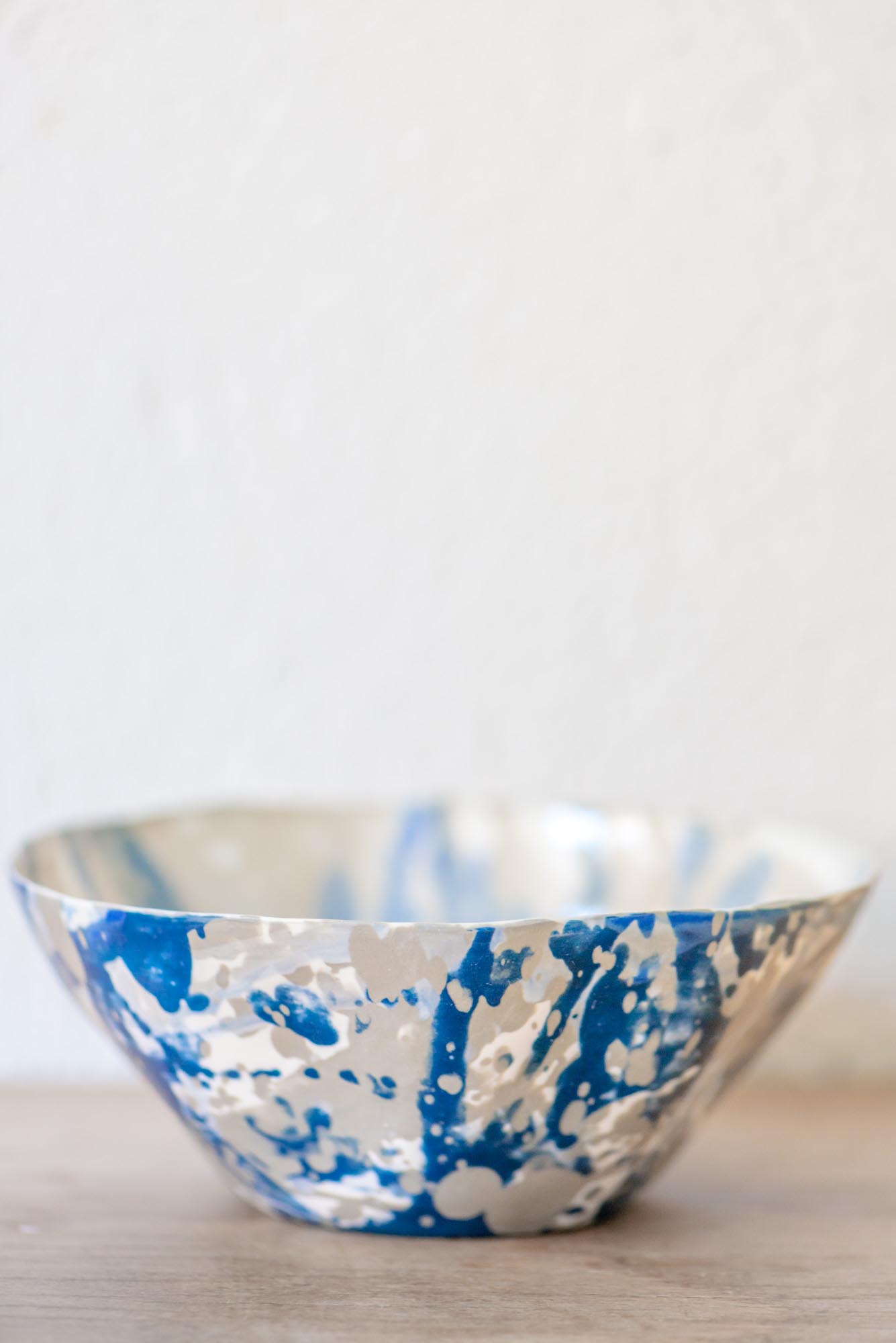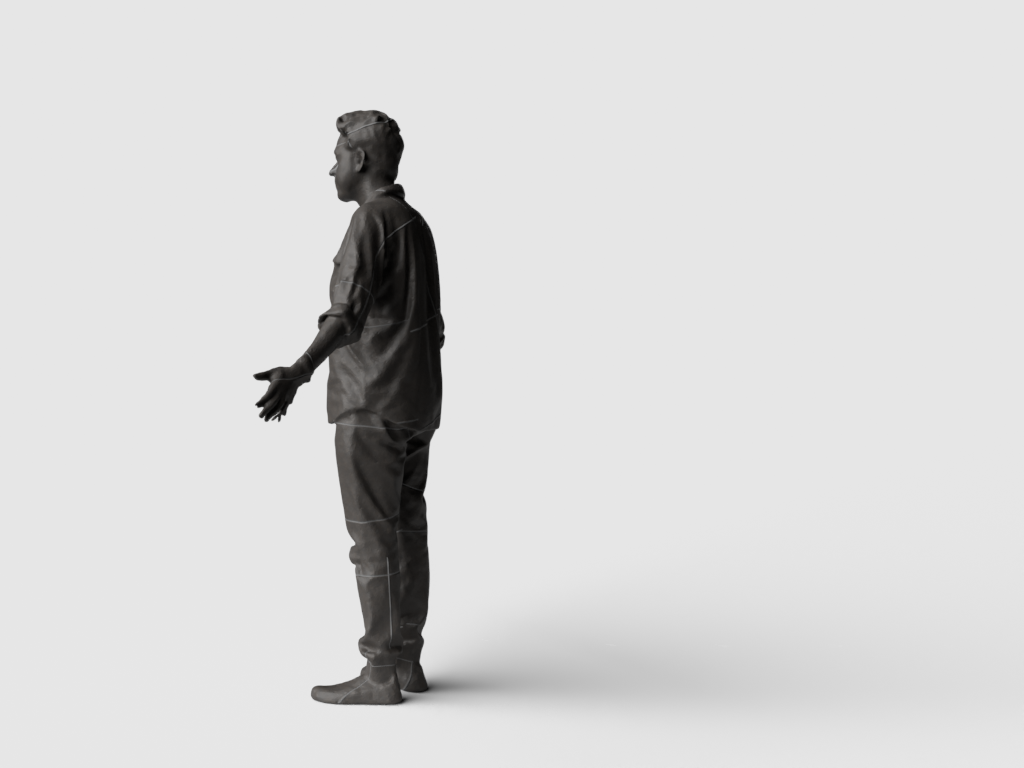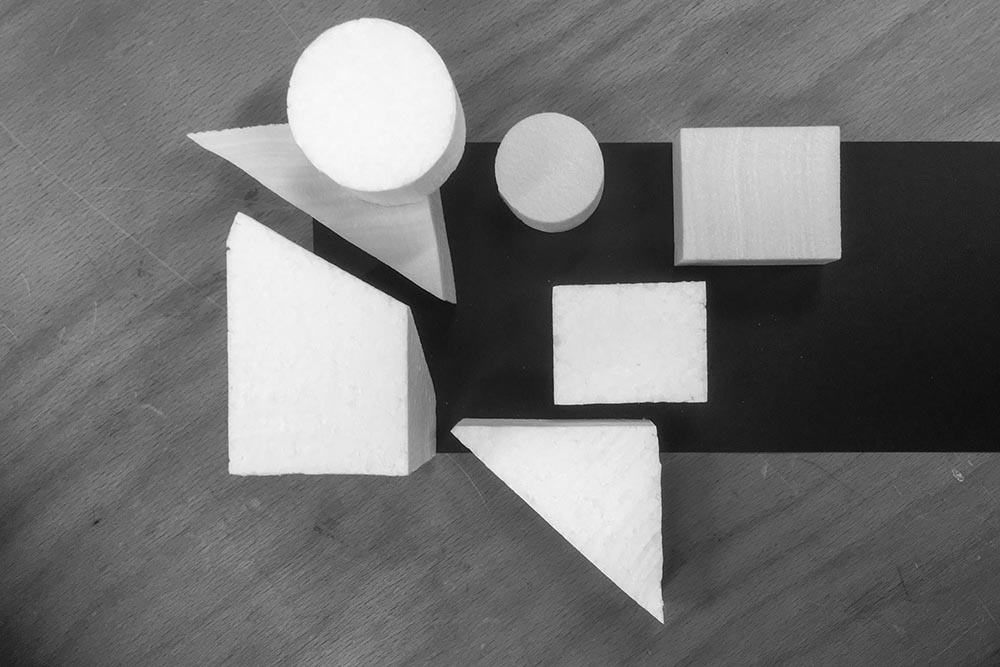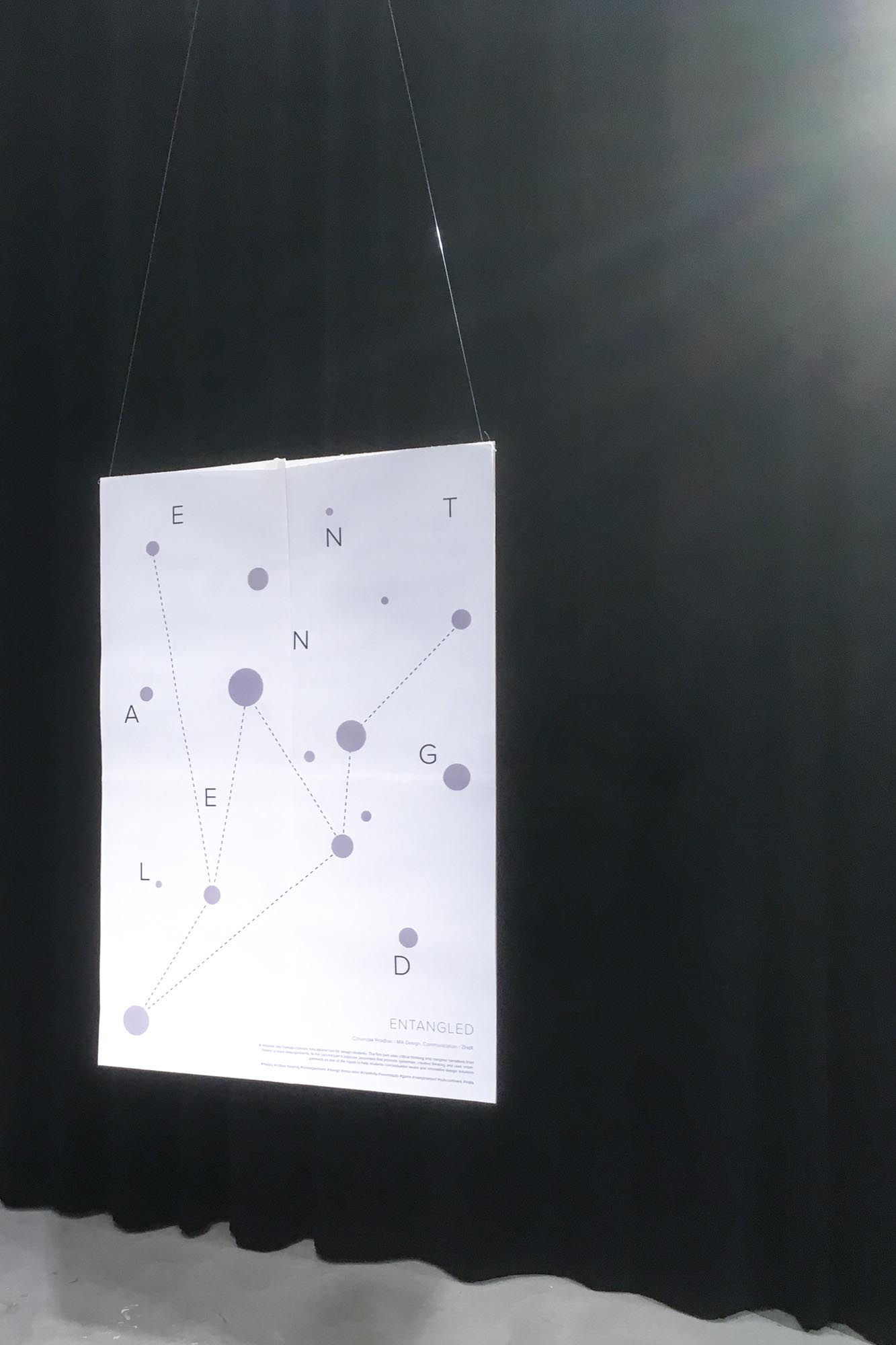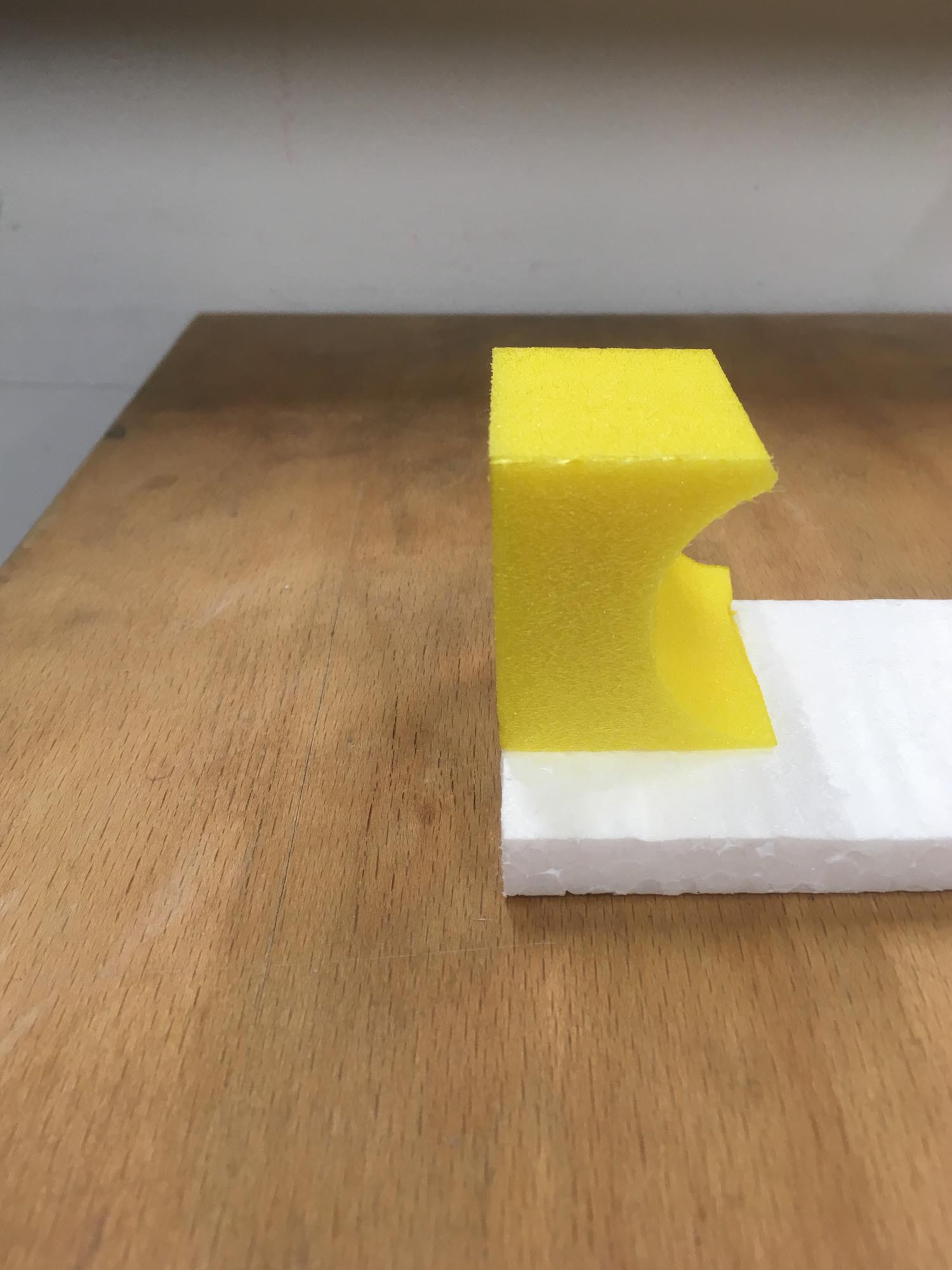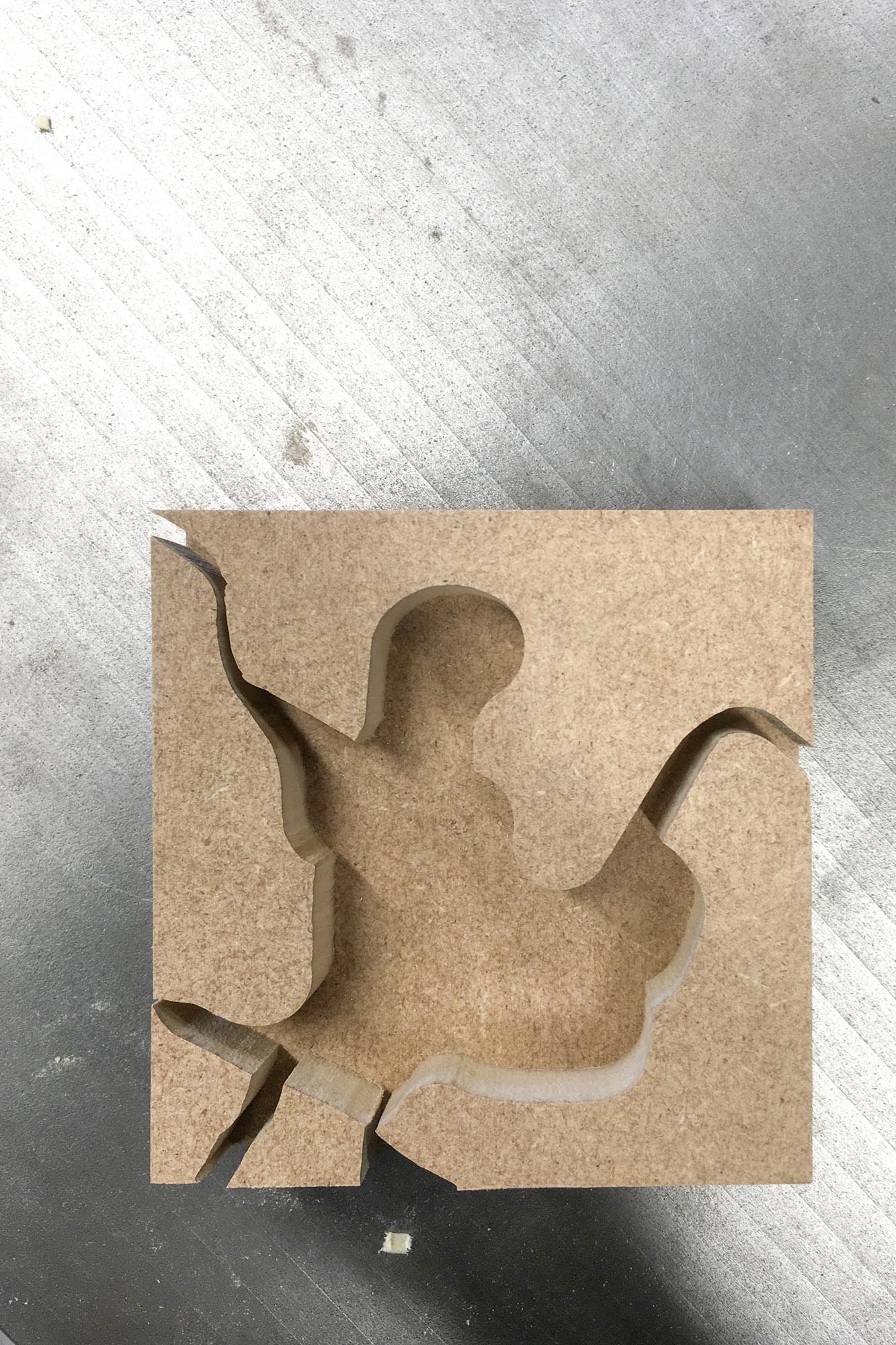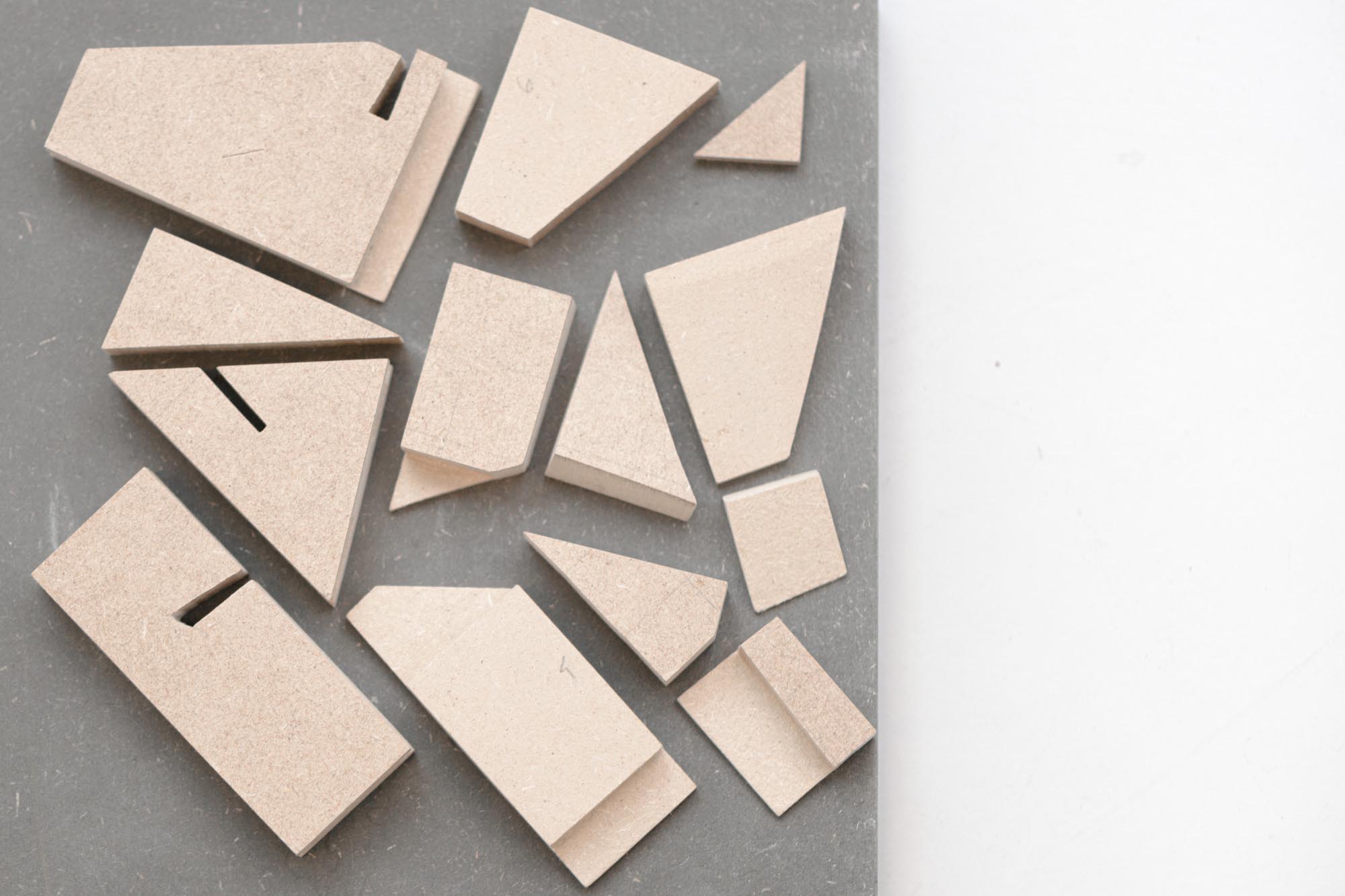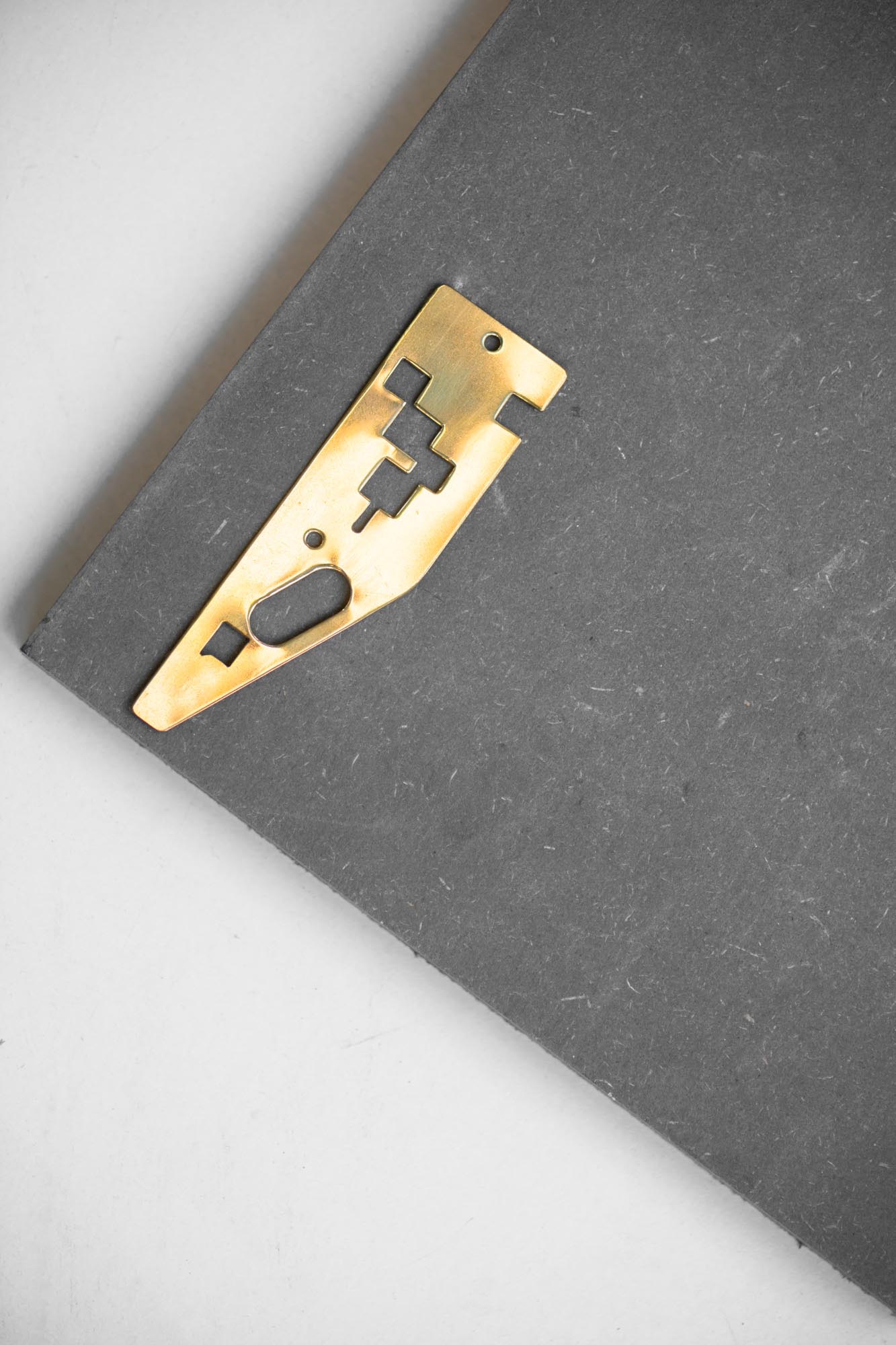abstract
—
How to interest design students in critical thinking? Defining it as the ability to unpack assumptions, I present critical thinking as a method of conceptualising ideas. When intertwined with design skills, these ideas evolve into a non-generic portfolio. Entangled is an educational tool that uses students’ desire to stand out as an incentive to circumvent their critical thinking apathy. As its theoretical framework, Entangled uses an interdisciplinary mix of Critical Pedagogy, History, Visual Culture, awareness of Entanglements, Materiality, and Discursive Objects. The tool, delivered as modular and flexible coursework, repurposes existing design curricula and infrastructures. Thus it is immediately implementable without any additional training or investment.
—
How to interest design students in critical thinking? Defining it as the ability to unpack assumptions, I present critical thinking as a method of conceptualising ideas. When intertwined with design skills, these ideas evolve into a non-generic portfolio. Entangled is an educational tool that uses students’ desire to stand out as an incentive to circumvent their critical thinking apathy. As its theoretical framework, Entangled uses an interdisciplinary mix of Critical Pedagogy, History, Visual Culture, awareness of Entanglements, Materiality, and Discursive Objects. The tool, delivered as modular and flexible coursework, repurposes existing design curricula and infrastructures. Thus it is immediately implementable without any additional training or investment.
I.
manifesto
engagement with problems
—
The jury is out on designers being problem solvers. There is a need to incorporate this reality as well as integrate the voices critical to the predominant paradigm of design as problem-solving. However, it is certain that most design disciplines and practitioners 'engage' with problems, even if they do not 'solve' them. Thus, instead of reducing design to problem-solving, I propose a new term—engagement with problems. The new term acknowledges design's historical roots, reality, and limitations, thereby helping us arrive at a more inclusive understanding of what design does.
—
The jury is out on designers being problem solvers. There is a need to incorporate this reality as well as integrate the voices critical to the predominant paradigm of design as problem-solving. However, it is certain that most design disciplines and practitioners 'engage' with problems, even if they do not 'solve' them. Thus, instead of reducing design to problem-solving, I propose a new term—engagement with problems. The new term acknowledges design's historical roots, reality, and limitations, thereby helping us arrive at a more inclusive understanding of what design does.
progressive design
—
A central feature of design activity, according to researcher and educator Nigel Cross, is its reliance on generating fairly quickly a satisfactory solution rather than on any prolonged analysis of the problem (2006, p. 7). But, jumping in to engage with problems without giving ample time for reflection results in being blindsided by problem-solving. Educator Paolo Freire calls such action, which is devoid of significant reflection, activism (2000, p. 88). However, reflection which is devoid of any action is not desirable either as it leads to verbalism (Freire, 2000, p. 87). Thus Freire critiques people who only reflect, or only take action. Instead, he proposes praxis (Freire, 2000, p. 126)—a cyclical amalgamation of critical thoughts and concrete actions, which inform one another.
As an ideal outcome of my paedagogic tool, I propose a praxis-like balance of action and reflection—where problem engagement and critical thinking continuously inform one another in the context of design practice. I propose to call this obvious yet somewhat rare variant—Progressive Design.
—
A central feature of design activity, according to researcher and educator Nigel Cross, is its reliance on generating fairly quickly a satisfactory solution rather than on any prolonged analysis of the problem (2006, p. 7). But, jumping in to engage with problems without giving ample time for reflection results in being blindsided by problem-solving. Educator Paolo Freire calls such action, which is devoid of significant reflection, activism (2000, p. 88). However, reflection which is devoid of any action is not desirable either as it leads to verbalism (Freire, 2000, p. 87). Thus Freire critiques people who only reflect, or only take action. Instead, he proposes praxis (Freire, 2000, p. 126)—a cyclical amalgamation of critical thoughts and concrete actions, which inform one another.
As an ideal outcome of my paedagogic tool, I propose a praxis-like balance of action and reflection—where problem engagement and critical thinking continuously inform one another in the context of design practice. I propose to call this obvious yet somewhat rare variant—Progressive Design.
criticality
—
Our understanding of design stems from the scrutiny of the material practice of making and the study of the material features of design artefacts. So materiality forms an integral part of contemporary design pedagogy and can be seen as a shorthand for the action element of praxis. To achieve the aspired balance of Progressive Design, we turn to criticality as the reflection component of the equation. I use criticality as a shorthand for the hallmarks of critical thinking. They are—awareness of perspectives, the ability to identify, contextualise and check the validity of assumptions. The materiality of the designed world, when looked at through the lens of criticality, stops appearing solid or opaque. Instead, entanglements of usage, contexts, materials, and technology are unveiled.
Design students are already well versed in materiality. With criticality, they can follow the “flux and flow of materials” (Ingold, 2010, p. 3) or entanglements. By tracing such entangled threads, students can explore their interests to come up with conceptually strong ideas which may result in unique projects and a portfolio. However, criticality is not merely an idea generator. It also futureproofs students by enabling them to handle incoming challenges such as populist politics, unprecedented consumption, climate change, and artificial intelligence-driven automation.
—
Our understanding of design stems from the scrutiny of the material practice of making and the study of the material features of design artefacts. So materiality forms an integral part of contemporary design pedagogy and can be seen as a shorthand for the action element of praxis. To achieve the aspired balance of Progressive Design, we turn to criticality as the reflection component of the equation. I use criticality as a shorthand for the hallmarks of critical thinking. They are—awareness of perspectives, the ability to identify, contextualise and check the validity of assumptions. The materiality of the designed world, when looked at through the lens of criticality, stops appearing solid or opaque. Instead, entanglements of usage, contexts, materials, and technology are unveiled.
Design students are already well versed in materiality. With criticality, they can follow the “flux and flow of materials” (Ingold, 2010, p. 3) or entanglements. By tracing such entangled threads, students can explore their interests to come up with conceptually strong ideas which may result in unique projects and a portfolio. However, criticality is not merely an idea generator. It also futureproofs students by enabling them to handle incoming challenges such as populist politics, unprecedented consumption, climate change, and artificial intelligence-driven automation.
bibliography
Cross, N. (2006). Designerly ways of knowing. London: Springer.
Freire, P. (2000). Pedagogy of the oppressed (30th anniversary ed). New York: Continuum.
Ingold, T. (2010). Bringing Things to Life: Creative Entanglements in a World of Materials. NCRM Working Paper Series. Retrieved from http://eprints.ncrm. ac.uk/1306/1/0510_creative_entanglements.pdf
![]()
Cross, N. (2006). Designerly ways of knowing. London: Springer.
Freire, P. (2000). Pedagogy of the oppressed (30th anniversary ed). New York: Continuum.
Ingold, T. (2010). Bringing Things to Life: Creative Entanglements in a World of Materials. NCRM Working Paper Series. Retrieved from http://eprints.ncrm. ac.uk/1306/1/0510_creative_entanglements.pdf
II.
modules
exemplars
—
The tool is made up of six modules. They include tasks to enhance perception; a card game to question assumptions; moderated discussions to encourage critical thinking; and finally, examples and assignments to integrate with design practice. When approached in a linear way, the modules introduce critical thinking in incremental steps. The modules can also be used independently of one another and in different sequences. Non linearity ensures the flexibility of the overall tool.
—
The tool is made up of six modules. They include tasks to enhance perception; a card game to question assumptions; moderated discussions to encourage critical thinking; and finally, examples and assignments to integrate with design practice. When approached in a linear way, the modules introduce critical thinking in incremental steps. The modules can also be used independently of one another and in different sequences. Non linearity ensures the flexibility of the overall tool.
entangled histories card game
—
Entangled Histories is a history-based educational tool that may be used to make students aware of assumptions, entanglements, and multiple perspectives. It includes a set of 15 folded paper cards and instructions on how to activate them. Each card, which acts as a learning unit, uses historical events, anecdotes and artefacts highlighting a marginalised standpoint. Furthermore, they are all based on a common theme. By breaking the usual norm of presenting history chronologically, the cards offer a non-linear narrative which makes history more interactive, engaging, and fun. It is designed to be used by a group of 7-10 students. Through participation, the students learn to deconstruct, question and critique dominant narratives. As an outcome, they are encouraged to produce some creative work that incorporates their new learning. The prototype uses 'Fashion and the Indian Subcontinent' as its central theme. Get in touch for the instructions and card templates as Adobe Indesign or MSWord files.
Entangled Histories is based on the Un/Chronological Timeline cards developed by intertwining hi/stories from the Another Roadmap School. I came across the cards when I attended the intertwining hi/stories of arts education symposium in Zürich in June 2018. I improved the design to fit more content, gamified it, and researched the anecdotes for my prototype.
![]()
Cloth famine illustration: Jit Chowdhury
To know more about the Un/Chronological Timeline cards, click here.
—
Entangled Histories is a history-based educational tool that may be used to make students aware of assumptions, entanglements, and multiple perspectives. It includes a set of 15 folded paper cards and instructions on how to activate them. Each card, which acts as a learning unit, uses historical events, anecdotes and artefacts highlighting a marginalised standpoint. Furthermore, they are all based on a common theme. By breaking the usual norm of presenting history chronologically, the cards offer a non-linear narrative which makes history more interactive, engaging, and fun. It is designed to be used by a group of 7-10 students. Through participation, the students learn to deconstruct, question and critique dominant narratives. As an outcome, they are encouraged to produce some creative work that incorporates their new learning. The prototype uses 'Fashion and the Indian Subcontinent' as its central theme. Get in touch for the instructions and card templates as Adobe Indesign or MSWord files.
Entangled Histories is based on the Un/Chronological Timeline cards developed by intertwining hi/stories from the Another Roadmap School. I came across the cards when I attended the intertwining hi/stories of arts education symposium in Zürich in June 2018. I improved the design to fit more content, gamified it, and researched the anecdotes for my prototype.

Cloth famine illustration: Jit Chowdhury
To know more about the Un/Chronological Timeline cards, click here.
funding
—
The project was one of the 18 that received funding in 2019 from the ZHdK-AVINA Fonds. The CHF 3'000 award went towards designing and making related artefacts. To know more, click here.
—
The project was one of the 18 that received funding in 2019 from the ZHdK-AVINA Fonds. The CHF 3'000 award went towards designing and making related artefacts. To know more, click here.
III.
fieldnotes
︎ click on the contact sheet for a full-screen view of the images
![]()
![]()
![]()
![]()
![]()
![]()
![]()
![]()
![]()
![]()
![]()
![]()
![]()
![]()
![]()
